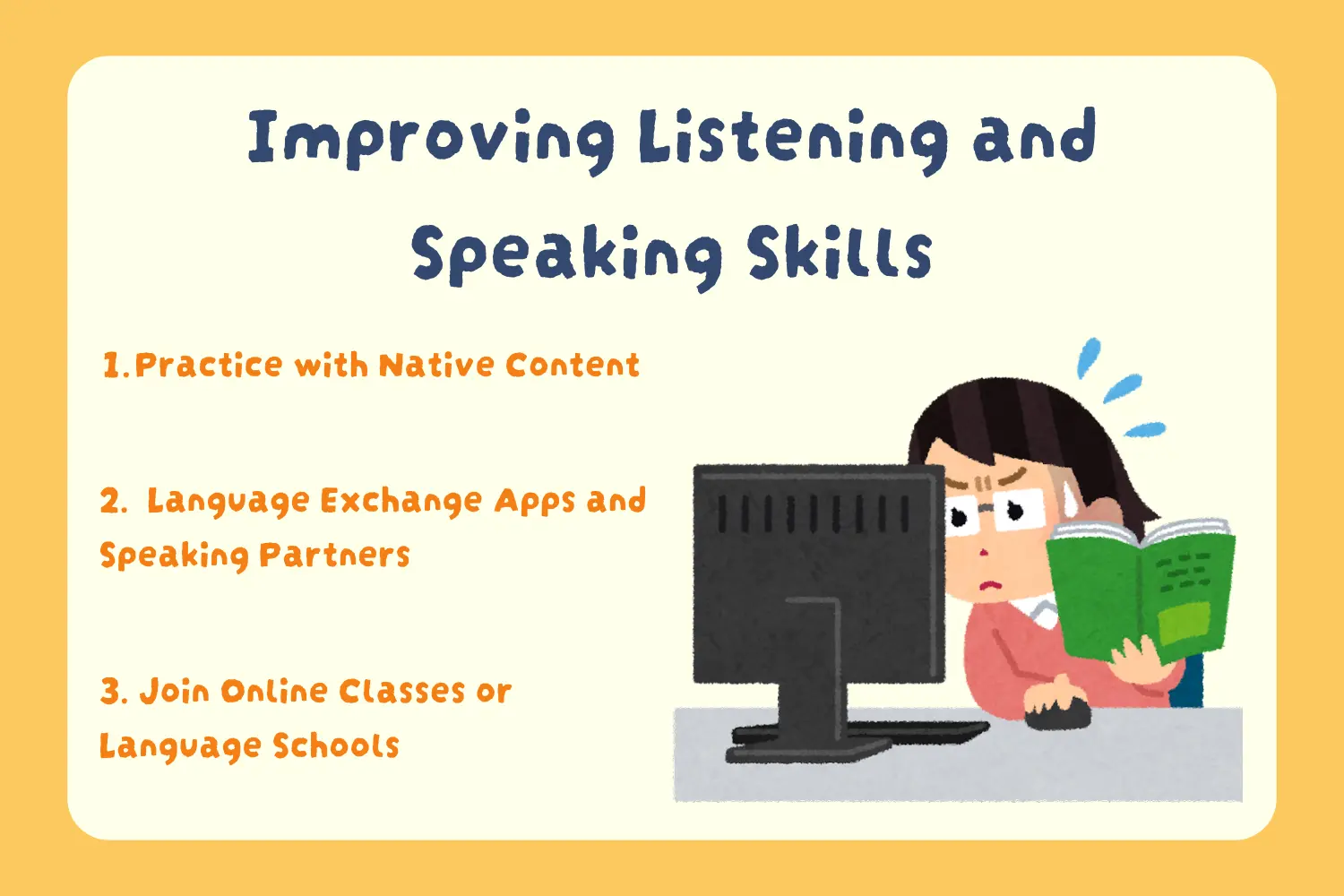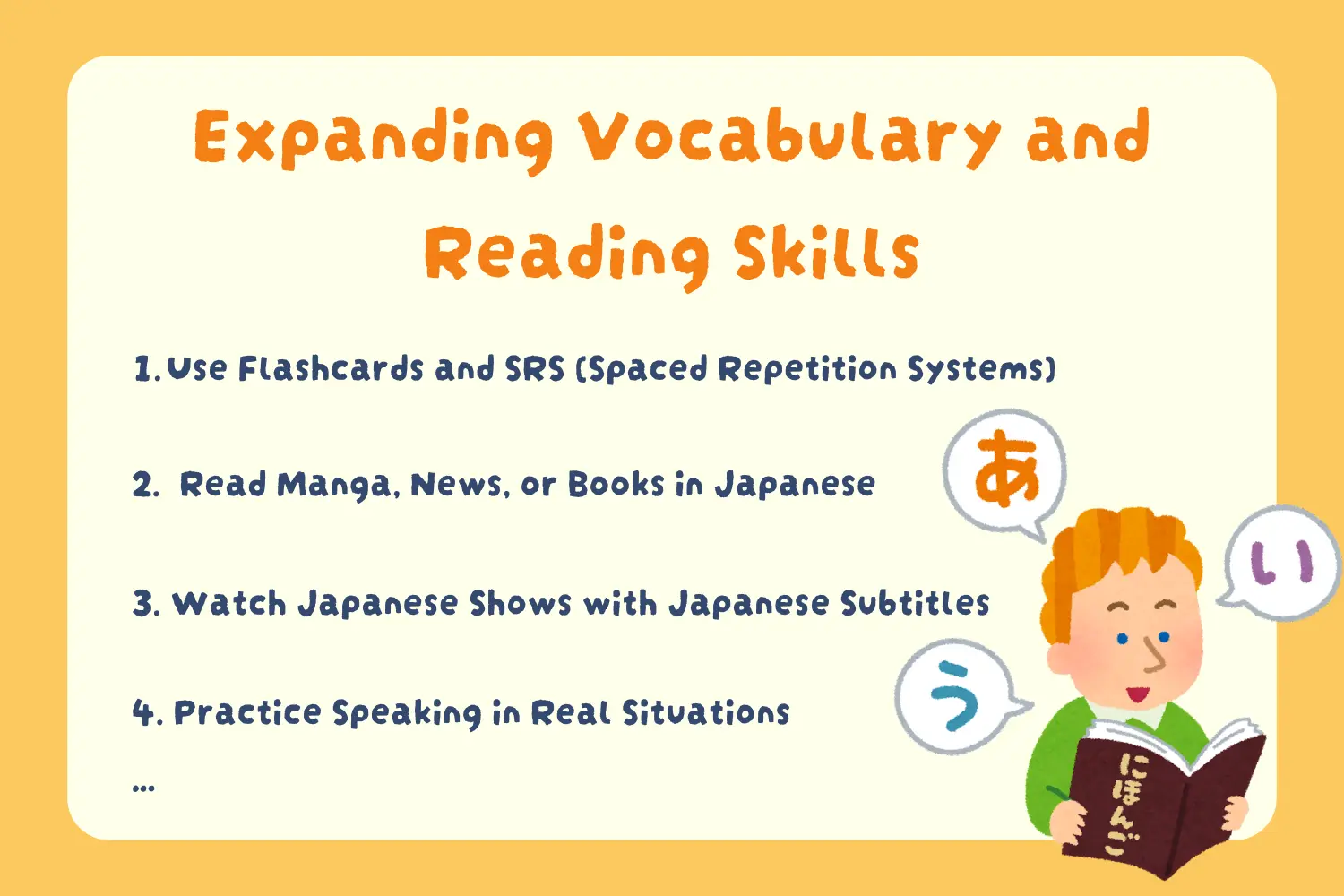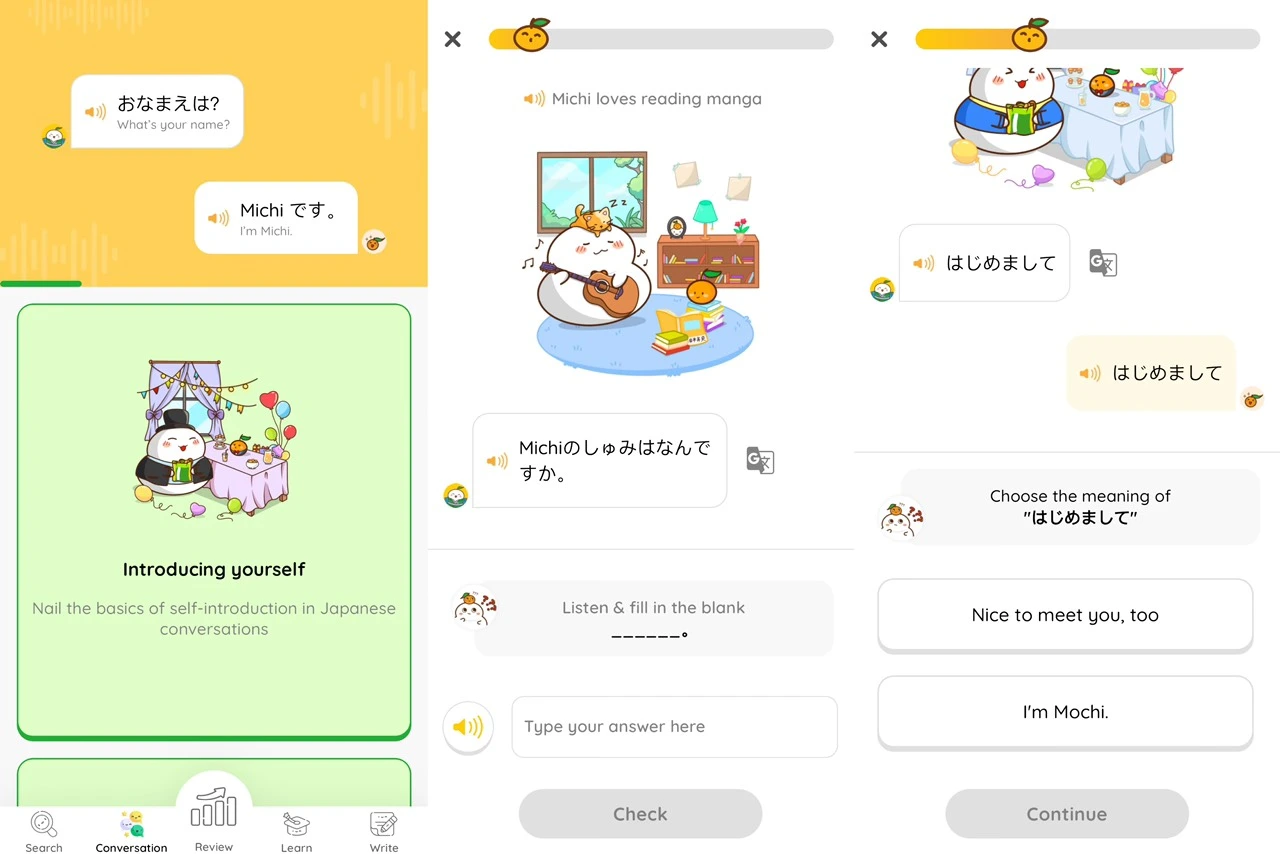Learning Japanese can be incredibly rewarding, especially if you’re interested in Japanese culture, anime, business, or travel. However, mastering the language requires patience, consistency, and the right approach, as it presents unique challenges for English speakers. With three writing systems—hiragana, katakana, and kanji—and distinct grammar structures, Japanese is complex, but with the right strategies, you can make steady progress and start communicating confidently. This guide will walk you through the best ways to learn Japanese, covering essentials like vocabulary, kanji, listening, speaking, and reading skills, as well as helpful resources and tips for staying motivated.
Why Learning Japanese is Rewarding
Learning Japanese isn’t just about acquiring a new language; it’s also about opening the door to a rich culture and potentially expanding career opportunities. Here are a few reasons why learning Japanese can be beneficial:
• Cultural Understanding: Japanese culture is renowned for its depth, from its rich history and traditional arts to modern anime and pop culture. Learning the language allows you to appreciate Japanese literature, film, and manga in their original form, giving you a deeper insight into cultural nuances.
• Career Opportunities: Japan is a major player in various global industries, including technology, automotive, and tourism. Knowledge of Japanese can be valuable in fields such as international business, translation, and teaching.
• Travel and Personal Enrichment: If you plan to travel to Japan, knowing Japanese will make the experience more enjoyable and immersive, allowing you to engage with locals and experience the country authentically.
By understanding these benefits, you can stay motivated as you embark on your language-learning journey.
Establishing a Strong Foundation: Basics First
Before diving into advanced topics, it’s crucial to start with a solid foundation in the basics of Japanese. Here’s how:
• Learn Hiragana and Katakana: The Japanese writing system includes three scripts. Hiragana (ひらがな) and katakana (カタカナ) are phonetic alphabets, each with 46 characters. Learning them first allows you to read and pronounce basic Japanese words.
• Understand Basic Grammar and Sentence Structure: Japanese follows a Subject-Object-Verb (SOV) structure, unlike English’s Subject-Verb-Object (SVO) format. Mastering simple sentence structures and particles like “は” (wa), “を” (wo), and “が” (ga) early on will help you create grammatically correct sentences.
• Start with Core Vocabulary: Building a foundation with high-frequency words (e.g., basic nouns, verbs, and adjectives) will make everyday conversations and written Japanese more accessible. Aim for common words like “watashi” (I), “tabemasu” (eat), and “yoi” (good) to get started.
Example Sentence:
• “Watashi wa gakusei desu” (私は学生です) means “I am a student.” This simple sentence illustrates the structure of Japanese and helps build confidence.
3. Importance of Consistency: Daily Practice Tips
Consistency is key to mastering Japanese. Regular, small practice sessions can be more effective than cramming. Here are some ways to make daily practice easier:
• Set Realistic Goals: Instead of overwhelming yourself, set small, achievable goals, like learning five new words a day or practicing one kanji character. These small steps build up over time and make learning less intimidating.
• Use Language Apps: Apps like Duolingo, Memrise, and MochiKanji offer short, structured lessons that you can complete on the go. They often cover vocabulary, grammar, and kanji, making them ideal for daily practice.
• Incorporate Japanese into Daily Life: Watch shows with Japanese subtitles, listen to Japanese music, or read simple articles. This natural exposure improves your vocabulary and helps familiarize you with sentence structures.
By incorporating Japanese into your routine, you’ll make steady progress and retain more of what you learn.
Effective Methods to Learn Kanji
Kanji can feel overwhelming, but breaking it down into manageable steps makes it more approachable. Here are some effective techniques:
• Learn Kanji Radicals: Radicals are the building blocks of kanji. By learning common radicals first, you’ll recognize patterns within kanji characters, making them easier to remember.
• Use Mnemonics for Memorization: Mnemonics create associations between kanji shapes and meanings. For example, the character 木 (ki), meaning “tree,” looks like a tree, which makes it easier to remember. Apps like WaniKani and MochiKanji use mnemonics to help retain kanji.
• Practice Writing Kanji by Hand: Writing kanji by hand reinforces memory. Use grid paper or kanji practice notebooks to practice stroke order, which is essential for correct writing.
Example:
• If you’re learning “日” (hi) for “day” or “sun,” imagine it as the sun in the sky. Practicing with mnemonics and writing helps solidify these associations.
Improving Listening and Speaking Skills
Understanding and speaking Japanese is critical for real-life communication. Here’s how to improve these skills:
• Practice with Native Content: Watching anime, Japanese dramas, or YouTube channels exposes you to authentic Japanese speech. Listening to native speakers improves your pronunciation, intonation, and listening comprehension.
• Language Exchange Apps and Speaking Partners: Apps like HelloTalk or Tandem connect you with native Japanese speakers for practice. Structured conversations help build relevant vocabulary, prevent broad or confusing topics, and improve conversational confidence.
• Join Online Classes or Language Schools: Structured classes with native teachers refine pronunciation, correct errors, and improve listening skills. Platforms like iTalki offer one-on-one classes with native speakers for real-time feedback.
Listening and speaking practice builds your confidence and helps you understand real Japanese conversations beyond textbook examples.
Expanding Vocabulary and Reading Skills
A strong vocabulary and reading skills are essential to understanding conversations and written Japanese.
• Use Flashcards and SRS (Spaced Repetition Systems): Apps MochiKanji use spaced repetition to reinforce vocabulary. SRS schedules reviews based on how well you remember words, making it an efficient way to learn.
MochiKanji is an app for learning Kanji and vocabulary that maximizes your study time by using Golden Time, which is based on Spaced Repetition. It helps you efficiently learn 1,000 words and Kanji in a month by keeping track of your learning history and automatically reminding you to review at the most convenient times. Let’s give it a shot!
• Read Manga, News, or Books in Japanese: Begin with manga or graded readers if you’re a beginner, then progress to books or news articles. Authentic content introduces new vocabulary and grammar in context, helping you learn real Japanese usage.
• Watch Japanese Shows with Japanese Subtitles: Watching shows with Japanese subtitles aids reading speed and comprehension. This method allows you to see how words and phrases are used in natural conversation.
This regular exposure to written Japanese helps expand vocabulary and builds the comprehension needed for fluency.
7. Immersive Learning Techniques
Immersion mirrors how we naturally learn languages. It’s one of the most effective ways to become fluent in Japanese.
• Practice Speaking in Real Situations: Engage with native speakers or join Japanese communities to use your skills in a natural setting. Speaking in real-life situations reinforces your knowledge and improves fluency.
• Consider Studying Abroad: Studying or traveling in Japan provides daily practice opportunities, allowing you to experience Japanese language and culture firsthand. This immersion helps you pick up cultural nuances and practical language skills.
• Create a Japanese Environment: Surround yourself with Japanese by setting your phone’s language to Japanese, listening to Japanese podcasts, or decorating your space with Japanese items. This immersive environment helps absorb vocabulary and phrases naturally.
Recommended Tools and Resources for Learning Japanese
With so many resources, choose those that suit your learning style:
• Apps for Vocabulary and Kanji: Anki, MochiKanji, WaniKani, and Memrise are popular choices for kanji and vocabulary learning. They offer flashcards, mnemonics, and spaced repetition, making memorization more effective.
• Websites for Grammar and Practice: Tae Kim’s Guide to Learning Japanese, Bunpro, and NHK Easy News provide structured grammar lessons and reading practice. These resources cater to different proficiency levels and help learners deepen their understanding of Japanese.
• YouTube Channels and Podcasts: Channels like JapanesePod101, Miku Real Japanese, and Nihongo no Mori offer free lessons on grammar, vocabulary, and listening practice. Podcasts are a great way to learn while on the go.
These tools cover various aspects of Japanese learning, from grammar to listening, ensuring a well-rounded approach.
Overcoming Common Challenges in Learning Japanese
Learning Japanese can be challenging, but these strategies will help you stay motivated and make steady progress:
• Stay Motivated: Progress in language learning is often slow, so mix up your study routine by alternating between kanji, vocabulary, and speaking. This variety keeps learning fresh and enjoyable.
• Focus on High-Frequency Vocabulary and Basic Kanji: Prioritize vocabulary and kanji that appear frequently in daily life. Mastering these essential elements provides a strong foundation for more complex material later on.
• Break Through Plateaus: Language learning plateaus are natural. When progress seems slow, review foundational knowledge, set new goals, or shift to a different skill area, like listening, to renew your interest.
By addressing these challenges with a positive mindset, you’ll avoid burnout and continue improving.
Tips for Making Steady Progress and Staying Motivated
Provide practical advice for maintaining motivation:
• Stay Inspired: Remind learners to keep the big picture in mind, like understanding their favorite anime or speaking confidently during a trip to Japan. Having a vision helps you stay motivated during tough moments.
• Set a Reward System: Setting up small rewards, such as a favorite snack or TV show, after completing a study session can provide immediate motivation.
• Find an Accountability Partner: Learning with a friend or joining a study group helps learners stay on track. Having someone to check in with can make studying Japanese a shared goal.
Conclusion: Find Your Best Way to Learn Japanese
Mastering Japanese requires commitment and adaptability. There’s no single best way to learn Japanese, so it’s essential to explore various techniques and find what works best for you. By incorporating the strategies in this guide—such as immersion, using SRS apps, joining communities, and setting realistic goals—you’ll make steady progress.
Learning Japanese is a journey, not a race. By staying consistent, celebrating milestones, and enjoying the process, you’ll build a solid foundation in Japanese and gradually achieve fluency.
By focusing on the best way to learn Japanese, this article is now better optimized for search engines while retaining its readability and informative nature.








